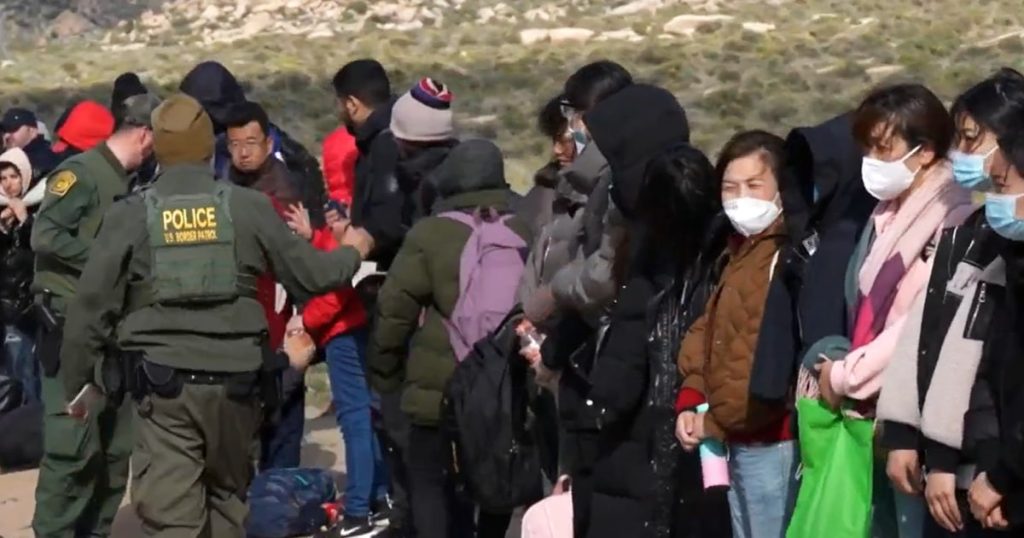The U.S.-Mexico border is experiencing a new normal of migration that is global in nature, with migrants from various countries and continents seeking to enter the United States. In the past, the majority of migrants came from Mexico, Guatemala, Honduras, and El Salvador, but now, half of all migrants come from countries around the world. There has been a significant increase in migrants from countries in Africa, Eastern Europe, and Asia, with a surge in numbers from populous countries like China and India, as well as countries like Mauritania and Turkey.
The pandemic has played a significant role in fueling this shift in migration patterns, causing mass migration around the world and exacerbating challenges in the already strained U.S. immigration system. Transcontinental smuggling networks have also expanded, leveraging digital technology to facilitate the movement of migrants from distant countries to the U.S.-Mexico border. This has led to a major reorganization of global migration patterns and poses challenges for U.S. immigration policy and international relations.
Chinese migrants provide a clear example of this new era of global migration, with a significant increase in the number of Chinese citizens crossing the southern border without papers in recent years. Transcontinental smuggling networks, known as snakeheads, have grown in scale and organization, connecting migrants with local contacts and criminal networks in countries along their journey to the U.S. Technology has played a key role in enabling seamless communication and payments for migrants and smugglers, who often use platforms like WeChat to coordinate the movement.
The challenges posed by the current global migration patterns have put pressure on the U.S. immigration system, which was designed to handle migration flows primarily from Mexico. The system struggles to process and accommodate the influx of migrants from a diverse range of countries, leading to backlogs in immigration courts and logistical challenges in deportations. U.S. officials and experts emphasize the need for a congressional overhaul of the immigration system to address these issues and streamline processes for migrants seeking asylum.
Addressing the current migration crisis requires international cooperation and coordination, as the U.S. deals with a phenomenon that involves countries from around the world. Persuading countries to cooperate in managing global migration flows, restricting visas, and interdicting migrants poses a complex diplomatic challenge. Recent crackdowns by Mexican authorities have reduced the number of migrants crossing the border, but smugglers continue to find ways to circumvent enforcement efforts, highlighting the resilience of migrants in seeking entry into the United States.
The situation at the U.S.-Mexico border reflects a broader global issue that transcends national borders. The influx of migrants from diverse countries and continents underscores the need for a comprehensive approach to address the root causes of migration, strengthen border security, and reform immigration systems to better accommodate the changing dynamics of global migration. The current moment represents an inflection point that calls for innovative solutions and international cooperation to manage the complex challenges posed by this new era of migration.














